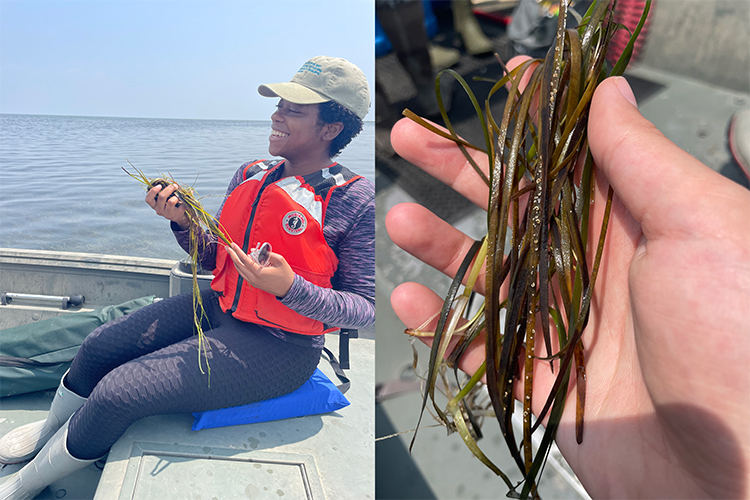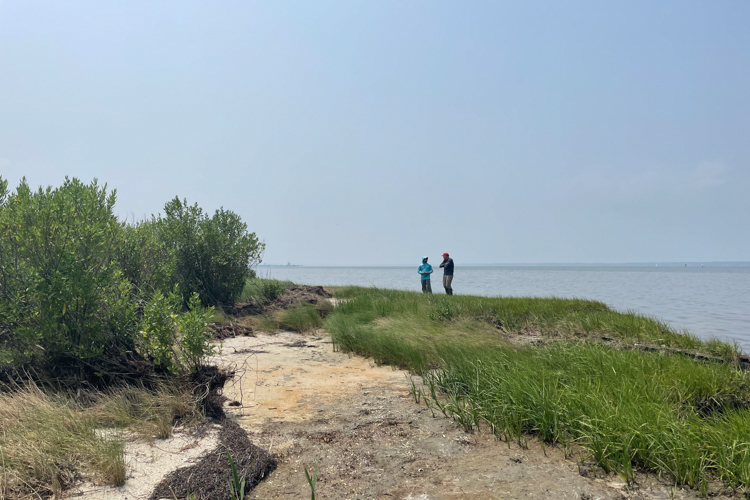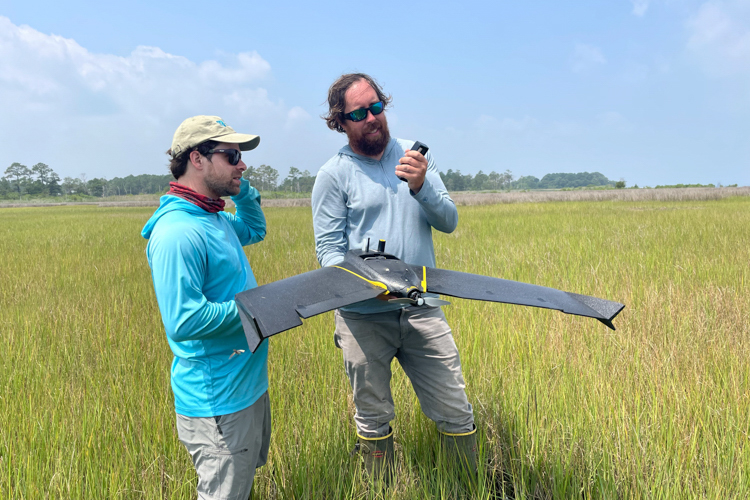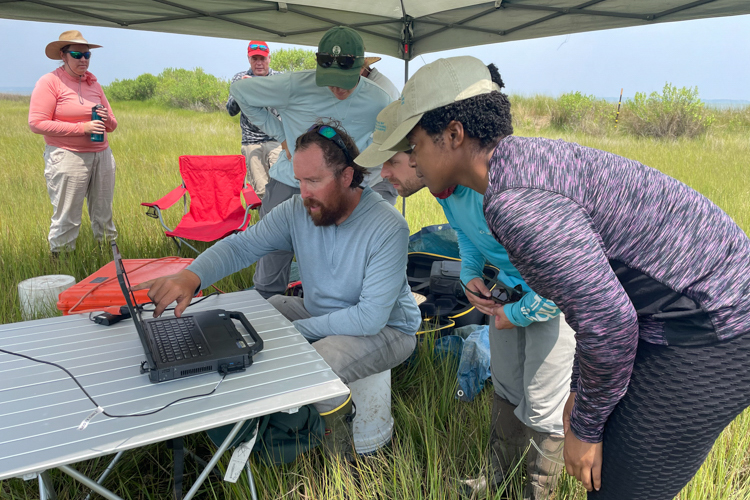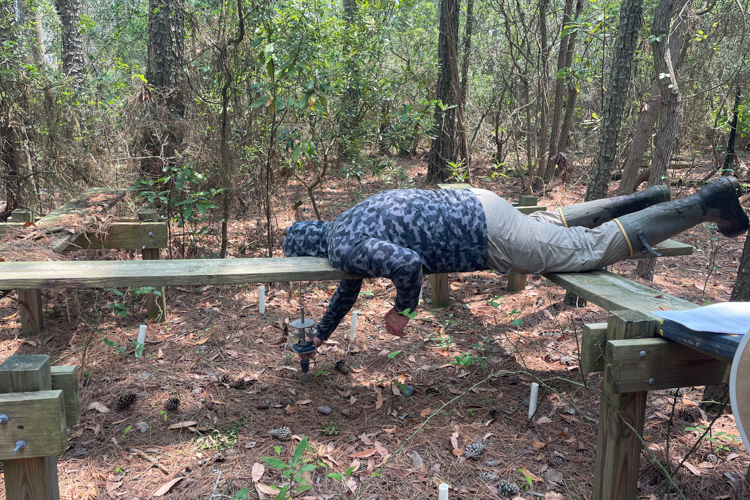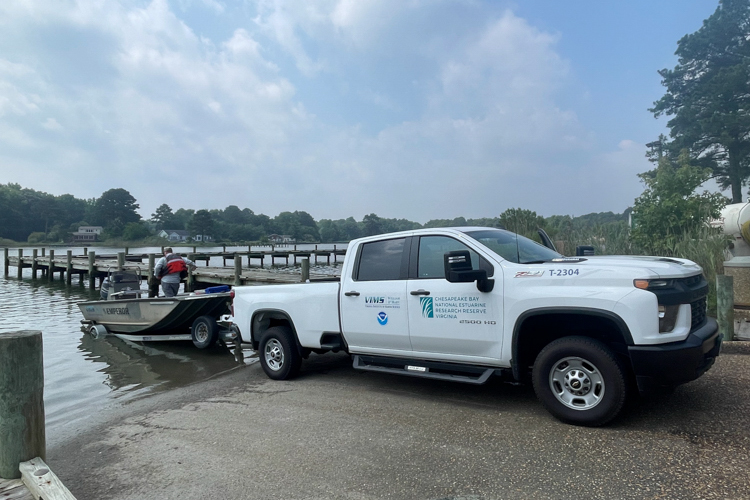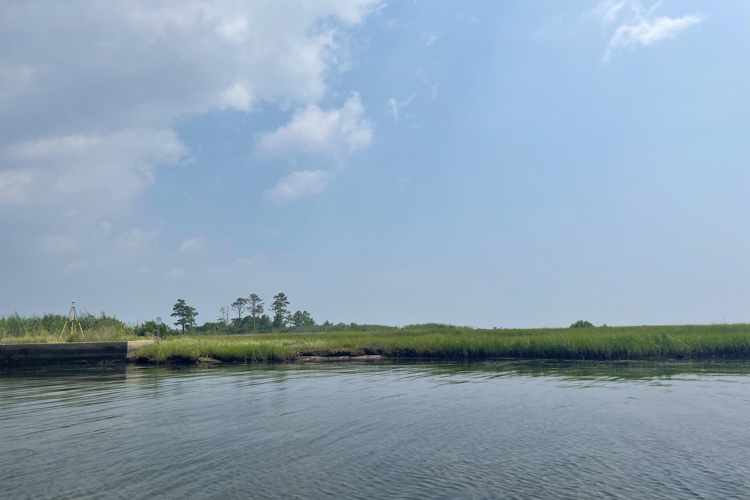
Monitoring Island Health in the Chesapeake Bay
A team uses technology to track the effects of climate change on the Goodwin Islands, located in the Middle Peninsula Habitat Focus Area.
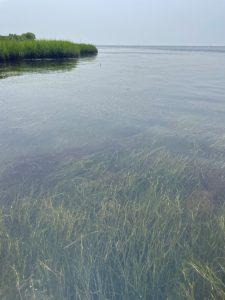
The Goodwin Islands are a collection of primarily salt marsh islands surrounded by intertidal flats and extensive beds of submerged aquatic vegetation. They are located on the south side of Virginia’s York River, where it meets the Chesapeake Bay. They are part of NOAA’s Middle Peninsula Habitat Focus Area. Habitat Focus Areas are places where NOAA addresses a high-priority habitat issue by working with partners and communities.
In the Goodwin Islands, climate change threatens habitat and the species that depend on it. Waves caused by intense storms chip away at the shoreline, especially on the islands’ more exposed east and south shorelines. Rising waters bring saltwater intrusion that affects plant life. These changes can mean that areas that were formerly upland forests become marshes, and former marshy areas become open water.
The Goodwin Islands are owned by the College of William and Mary. They are part of the Chesapeake Bay National Estuarine Research Reserve in Virginia, which is in the National Estuarine Research Reserve System. Several of our partners in the Middle Peninsula Habitat Focus Area play important roles at the Reserve. The Virginia Institute of Marine Science manages the Reserve. NOAA’s Office for Coastal Management provides funding, guidance, and technical assistance.
At the Goodwin Islands, scientists study how submerged aquatic vegetation and coastal marshes respond to environmental change. A recent visit to Goodwin Islands, captured in these photos, highlights the beauty of the area and showcases some of the science happening in the Reserve.
